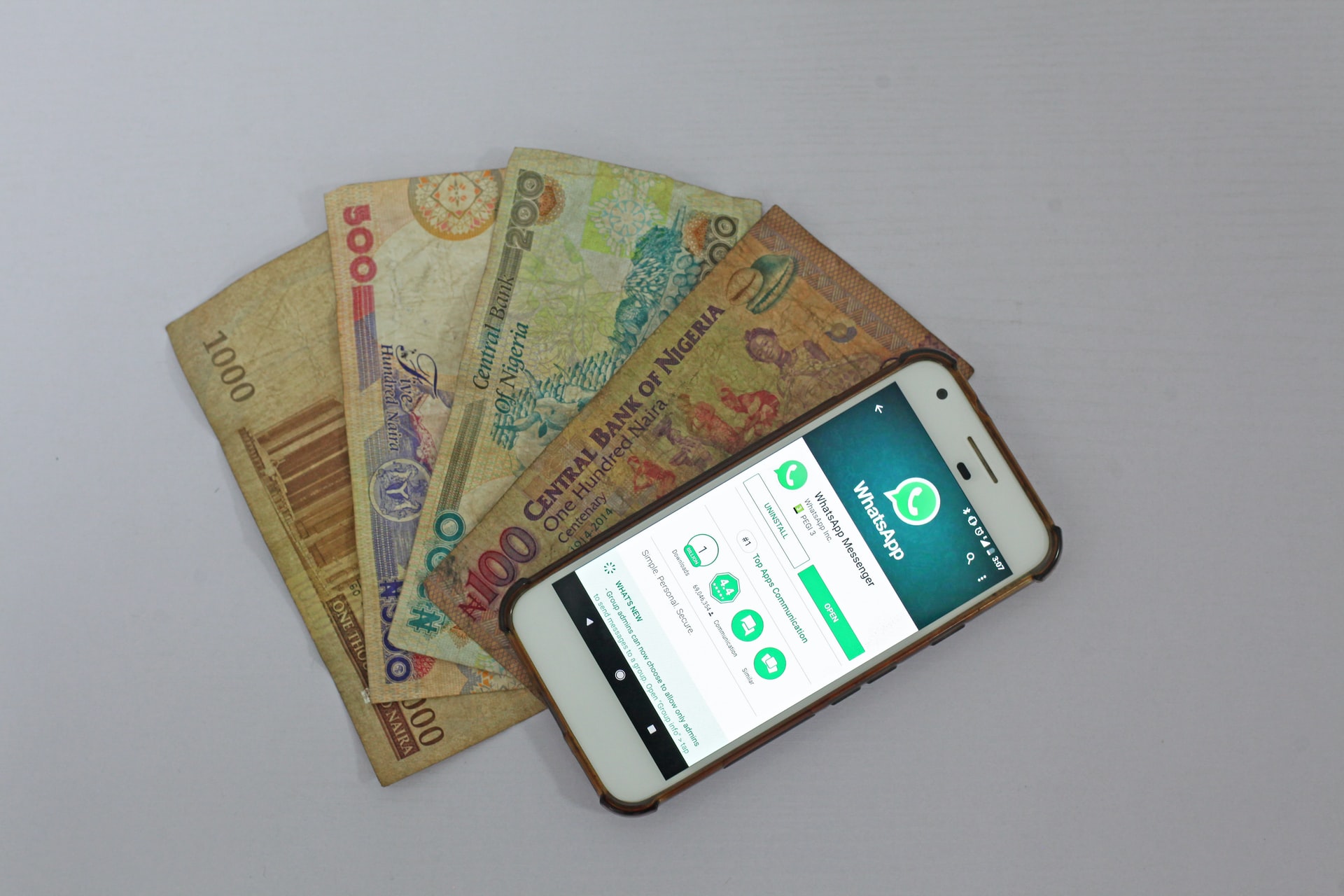Africa is home to some of the fastest-growing economies. At the heart of these economies is the currency used by these countries. In this article, we look at the ten largest African currencies.
Contrary to what most people think, the top African currencies list is not lead by the usual suspects like Nigeria and South Africa. Countries like Libya, Tunisia, and Botswana have stronger currencies.
List of Top African Currencies
1. Libyan Dinar (1 USD = LD 0.72)
The Libyan national currency, the Libyan Dinar, is the largest African currency. The central bank of Libya has introduced strict monetary policies.
Dollars are not in wide circulation in Libya compared to other African countries. The CBL has a program that only sells a limited number of dollars to Libyans. Further, the opening of blocked oil fields has increased Libya’s dollar earnings from oil.
2. Tunisian Dinar (1 USD = 2.76)
Tunisia replaced the French currency with the Tunisian Dinar (DT) in 1960. Similarly, Tunisia has strong monetary policies, just like Libya. It is illegal to export or import DT or convert them to other currencies. This policy helps the DT maintain its value.
3. Ghana Cedi (1 USD = 5.77)
Ghana is known as a large exporter of cocoa and gold. Recently, Ghana discovered oil, causing a boost in the economy. Before the discovery of oil, the old Ghanaian currency was highly volatile.
The Bank of Ghana replaced the old currency with a new one in 2007. At the time of writing, Ghana has the largest GDP per capita.
4. Moroccan Dirham (1 USD = MAD 9.36)
The Moroccan Dirham is not only the legal tender in Morocco but also serves as the most popular medium of exchange in the Western Sahara region.
The MAD is uncontrolled but has laws that make it unlawful for the exportation of the currency. Being highly used in the Western Saharah region is a major contributing factor to its strength.
5. Botswana Pula (1 USD = P 11.42)
The Southern African state has one of the strongest economies on the continent. The economic growth, coupled with political stability makes the Pula strong.
The Botswana Pula is also traded on the Johannesburg Stock Exchange, the largest stock exchange in Africa. Botswana has always shared economic ties with South Africa. Until 1976, the Pula had the same valuation and exchange rate as the Rand.
6. Zambian Kwacha (1 USD = ZK 18.20)
The Zambian Kwacha is the currency of the largest producer of copper in Africa. The currency is heavily affected by the price direction of copper on the world market. Copper is a heavily traded commodity globally, which makes it volatile.
The Kwacha enjoys stability when copper prices are stable.
7. Seychellois Rupee (1 USD =SR 17.78)
Seychelles has enjoyed a lot of direct foreign investment, which has added a needed boost to the economy. Moreover, the Seychelles has strong currency regulations.
The Seychellois Rupee benefits from the and monetary policy and foreign investments. Small-scale sectors like fishing, manufacturing, and farming have grown exponentially in recent times. The industries complement other sectors to diversify the GDP, which gives the currency value.
8. South African Rand (1 USD = R 16.46)
The Rand has been relatively weaker this year. However, it is one of the largest African currencies. South Africa is the biggest exporter of gold and has benefited from the scarce commodity’s study value.
The South African economy has evolved past, depending solely on gold. Other African countries like Kenya trade the South African Rand.
Several currencies in the sub-region are pegged to the South African Rand’s value since it is a major trading partner of these states. The Lesotho Loti, the Namibian Dollar, and the Swazi Lilangeni are all pegged to the Rand at the same rate.
9. Eritrean Nakfa (1 USD = Nfk 15.00)
The Eritrean government ensures fixed exchange rates backed by strong regulation. A lot of the money in circulation comes from remittance from abroad into the country.
People who send money from abroad may send in any currency, but citizens receive it in the Eritrean Nakfa. The country’s GDP has seen study growth since October 2012.
10. Egyptian Pound (1 USD = E£ 15.95)
Territory also contributes to the use and value of a currency. The Egyptian Pound gains value from usage in Sudan and the Gaza Strip.
The government reduced interest rates to attract investments into the economy after a decline due to conflict.
African economies are on a resurgence and the growth of African currencies against major currencies like the euro, dollar and pounds is continuous to increase.










